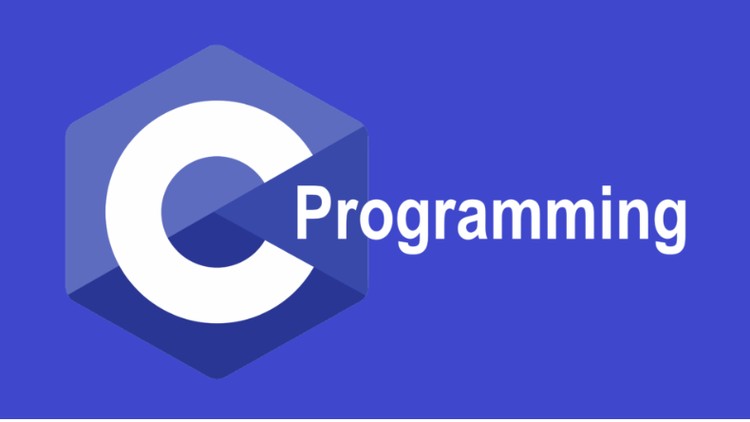(C programming Example for Beginners)
C Program to Add Two Complex Numbers by Passing Structure to a Function
In this example, you will learn to take two complex numbers as structures and add them by creating a user-defined function.
Add Two Complex Numbers
#include <stdio.h>
typedef struct complex {
float real;
float imag;
} complex;
complex add(complex n1, complex n2);
int main(){
complex n1, n2, result;
printf("For 1st complex number n");
printf("Enter the real and imaginary parts: ");
scanf("%f %f", &n1.real, &n1.imag);
printf("nFor 2nd complex number n");
printf("Enter the real and imaginary parts: ");
scanf("%f %f", &n2.real, &n2.imag);
result = add(n1, n2);
printf("Sum = %.1f + %.1fi", result.real, result.imag);
return 0;
}
complex add(complex n1, complex n2){
complex temp;
temp.real = n1.real + n2.real;
temp.imag = n1.imag + n2.imag;
return (temp);
}
Output
For 1st complex number Enter the real and imaginary parts: 2.1 -2.3 For 2nd complex number Enter the real and imaginary parts: 5.6 23.2 Sum = 7.7 + 20.9i
In this program, a structure namedcomplex is declared. It has two members: real and imag. We then created two variables n1 and n2 from this structure.
These two structure variables are passed to the add() function. The function computes the sum and returns the structure containing the sum.
Finally, the sum of complex numbers is printed from the main() function.
C Example for Beginners: C Program to Add Two Complex Numbers by Passing Structure to a Function
Disclaimer: The information and code presented within this recipe/tutorial is only for educational and coaching purposes for beginners and developers. Anyone can practice and apply the recipe/tutorial presented here, but the reader is taking full responsibility for his/her actions. The author (content curator) of this recipe (code / program) has made every effort to ensure the accuracy of the information was correct at time of publication. The author (content curator) does not assume and hereby disclaims any liability to any party for any loss, damage, or disruption caused by errors or omissions, whether such errors or omissions result from accident, negligence, or any other cause. The information presented here could also be found in public knowledge domains.
